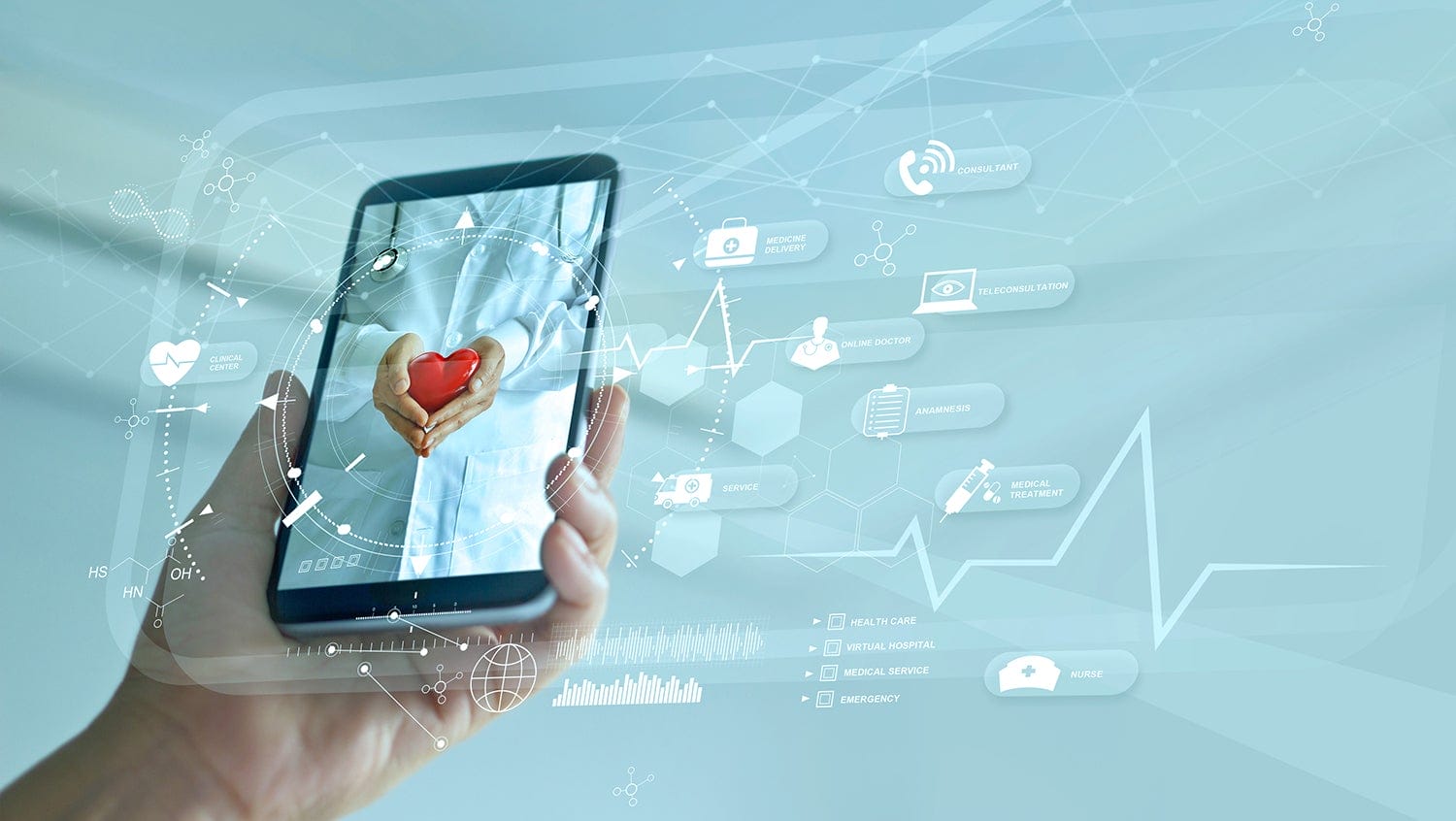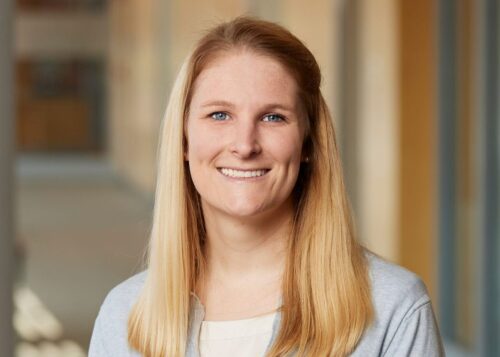
Getty Images
Telehealth services are proving to increase engagement and decrease no-shows, critical pieces for containing costs among high-need patients.
Telehealth is a low-barrier way to access or provide care, and the COVID-19 pandemic has necessarily pushed many public healthcare systems to create the infrastructure for billable telehealth services. With flexible regulatory policies allowing for Medicare reimbursement for telehealth during the public health emergency, experts are finding that the swift adoption of teleservices may provide better care at lower cost — especially for high-cost, high-need patients in provider organizations that follow an accountable care organization (ACO) model.
Estimates suggest that patient no-shows cost the U.S. healthcare system $150 billion annually and a single missed appointment can mean a loss of $200 for the provider. Patient no-show rates for Boston Medical Center’s psychiatry department have historically hovered at 45%, says David Henderson, MD, department chair. But since telehealth psychiatric services began in March, no-show rates have dropped to just 15% even as demand has grown.
The discovery that more psychiatric patients are keeping appointments through teleservices in his clinic has piqued Henderson’s interest. He hopes the new delivery model can help the hospital improve the overall health of both patients and the system.
Henderson attributes the drop in no-shows to the increased ease of access for patients. As a safety net hospital, BMC serves a large portion of under-resourced patients who juggle many needs to be able to keep traditional clinic-based appointments.
“Before this, we just expected everybody to line up into a traditional care model, and when they didn’t, they probably received a label — noncompliant, nonadherent, unengageable,” Henderson says. “When in truth, it was probably our fault, to a degree, that the patient didn’t engage — because we didn’t offer them what they needed in order to engage.”
Now, patients no longer have to pay for transportation for their visit. They don’t have to choose between taking the time to go to the store to buy food or to travel to an appointment. And they don’t need to arrange child care. They can simply talk with their provider via phone or video.
What’s more, this type of care has revealed a flexibility in scheduling that’s not possible with in-person visits. If a clinician can’t reach a patient at their scheduled time, says Henderson, they’re able to call a waitlisted patient instead, eliminating unnecessary provider downtime. At the same time, providers can try to reengage the original patient in a later appointment as openings in their schedules dictate. This flexibility increases provider efficiency and better meets patient demand for limited services — and with behavioral health needs expected to rise in the coming months, scaling services and capacity in psychiatry will be even more critical.
The ability to reach patients better is a huge step forward for organizations like BMC who oversee or are members of accountable care organizations, which take a value-based approach to healthcare delivery rather than fee-for-service.
At BMC, for example, 40% of the health system’s costs are attributed to the top 3% of patients, according to 2019 data from the ACO’s Complex Care Management program, with the top 1% of patients averaging more than $100,000 each in annual expenses. Driving costs among the top utilizers is a great need for psychiatric services: 56% of these patients had clinical depression, 42% had a substance use disorder, and 41% had a severe mental illness, the data shows. The emergence of telepsychiatry within the health system is expected to add to care improvements for the entire patient population, but shows particular promise for reaching these high-utilization patients, Henderson says.
“When individuals with mental illness or substance use have contact with our services, their hospitalization rates reduce significantly and their emergency room visits reduce significantly,” says Henderson. “You work to prevent and keep people healthy, keep them out of the emergency room, keep them out of the hospitals, then that also helps the system as a whole.”
The changes in care delivery that are so vital now during COVID-19 are poised to improve services vastly beyond the pandemic. While the federal change in CMS’ reimbursement policy is only temporary under emergency declaration, healthcare leaders like Henderson are determined to find a way to continue evolving outreach, care, and engagement through teleservices. Much of the feasibility depends on if the government extends reimbursements and if insurance companies double down on mental health parity. While more is needed to examine the long-term impact of telepsychiatry on costs and engagement, the initial trend makes a good case for its permanence.
“If we have a variety of services that includes the technology and we can keep our no-show rates down, then we can help a lot of people,” Henderson says. “That’s the critical piece … The hospital has demonstrated to us that if we get people into services, they do better, and they cost us less.”
In an interview on April 18, David Henderson, MD speaks with Kate Walsh, the CEO of Boston Medical Center Health System, about how his department safely converted 95% of outpatient visits from in-person to telephonic, resulting in a lower no-show rate and increased capacity — highlighting how virtual options may be beneficial to continue post-pandemic.


